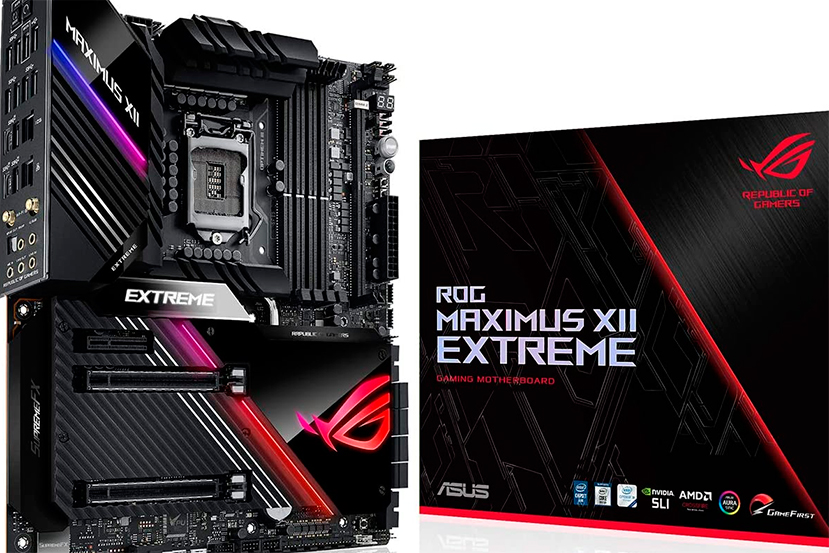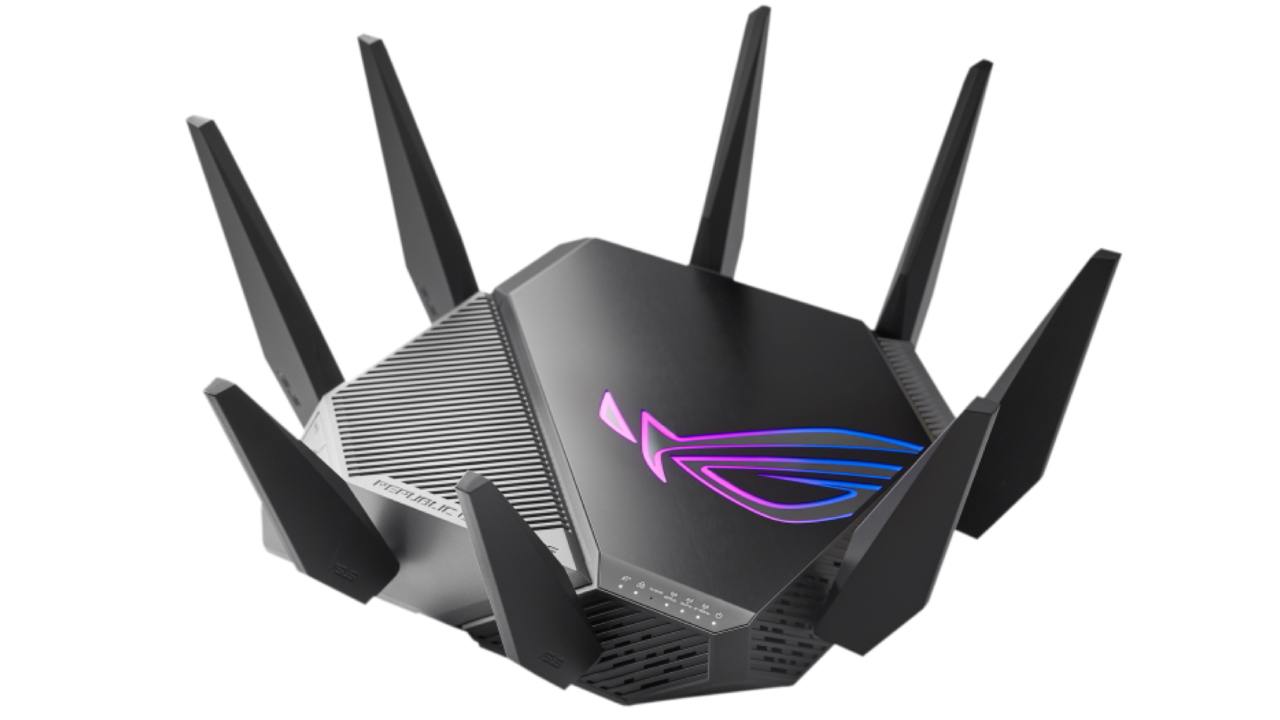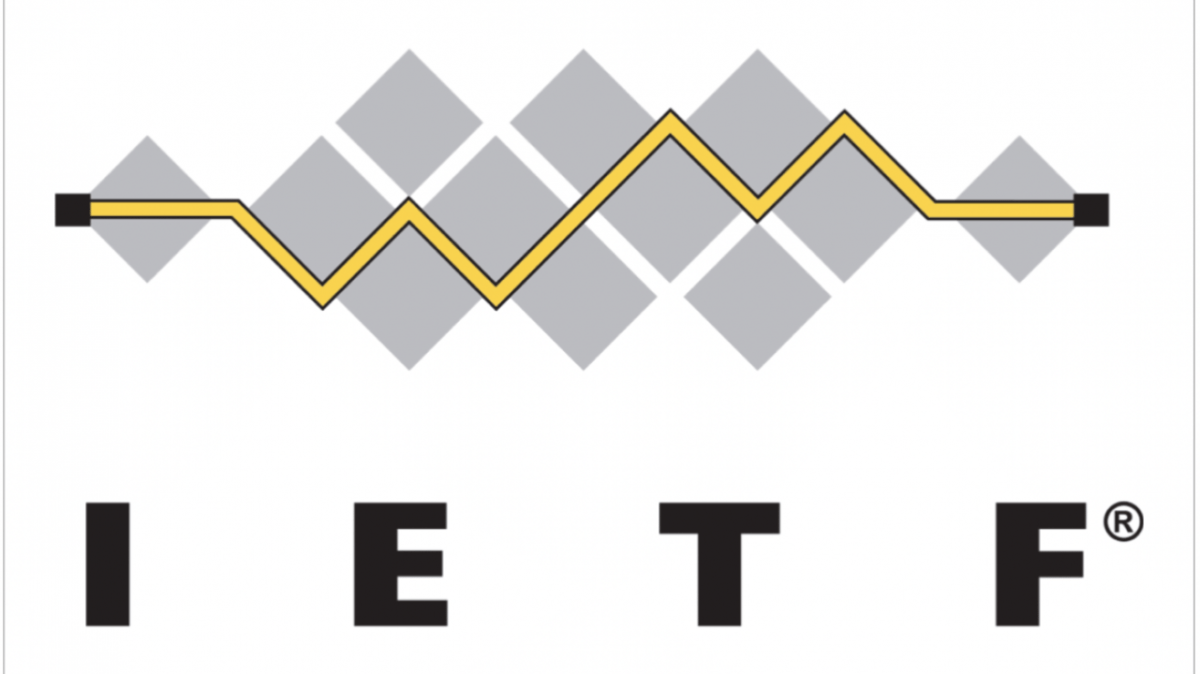
China’s social credit system, which was officially announced seven years ago, including a citizen rating in the form of a “Citizen Score”, has been delayed. According to the plan of the central government in Beijing, the “Schufa on anabolic steroids”, which in the West is an essential piece of the puzzle in the Chinese surveillance network, should be nationwide 2020. But nothing came of that, so far there have been a number of distributed pilot projects in different cities and regions that are not interoperable.
Reduce social conflicts 2012 the communist government based its initiative for a comprehensive social credit system of scoring procedures of the financial industry for credit checks officially. It is supposed to strengthen social integrity, promote “mutual trust” and reduce social conflicts. The Chinese government regards the project as an “urgent prerequisite for building a harmonious socialist society”.
The history of the major project extends to 1999, Qian Sun describes the status quo for the non-profit organization AlgorithmWatch. One of the most important minds behind the system, Lin Junyue, should demand and plan the system over 20 years ago to fight against fraud and counterfeiting in the Chinese market. At that time it was mainly aimed at the financial sector in order to assess the creditworthiness of buyers and to punish breaches of contractual obligations.
2012 China’s powerful National Development and Reform Commission expanded the concept to include an automated assessment process for social integrity. The e-commerce giant Alibaba via its subsidiary Ant Financial Services with “Sesame Credit” and Tencent with the app system WeChat provided blueprints for the “Citizen Score” in the finance sector. The central bank refused 2018 nine relevant credit bureaus, including Ant Financial, led by Jack Ma, to license to participate in the planned national social credit system.
Point deductions for undesirable behavior Previously, the Central Bank and the Reform Commission 2015 and 2016 in total 43 Pilot projects in regions and cities envisaged. For specific tests, they ultimately selected 27, which include metropolises such as Shanghai and Suzhou. Deductions of points and penalties such as bans on express trains, flights, luxury hotels or fast internet have to be expected there for those who spend too much time playing computer games, go through the red lights, do not stop in front of pedestrian crossings or do not take a taxi.
According to the latest available figures, dishes until middle 2019 had only 27 Millions of citizens put on the “No Fly” list. 14 Millions are denied the credit rating. Since last year, the health data that the systems include also include the results of tests for the novel coronavirus.
A representative survey by the Institute for Chinese Studies at the Free University of Berlin by 2018 showed that 70 percent of Chinese online users are in favor of the project. Many people there felt that such a system was important to “close institutional and regulatory gaps”. But the attitude towards it has changed. According to the state news agency Xinhua, in a survey in July 70 percent of the participants were concerned about possible abuse of the evaluation process.
More and more skepticism The competition between various state commissions and local authorities has led to the definition of “credit” being overstretched , makes AlgorithmWatch one of the reasons for the increasing skepticism in the population. At the end 2019 the National Health Commission asked for blood donations to be included. Although cities like Suzhou had already considered such activities, “the move sparked heated discussions within China.” Wang Lu, an ex-manager of the central bank, warned that almost all social problems would be thrown into the “basket” of social credit.
Critics also describe the system as too chaotic. There is no central coordination and no basic legal framework. In December the government published guidelines for corrections. Local authorities have misunderstood the definition of “bad behavior”, it says. Spitting in public and fare dodging, for example, should not be included in the evaluation. The announced national law for the expansion and standardization of the system is still a long way off.
According to Jeremy Daum, researcher at the Paul Tsai China Center at Yale Law School, Beijing is in the Propaganda anyway. Citizens should be taught to be honest. The talk of the “Citizen Score” has above all an educational character.
(mho)

Security researcher Jonas Lykkegard has published details of a bug that affects several versions of Windows 10 (including the current 20 H2) and possibly server – Operating system versions concerned. The error ensures that calling up a certain file path, for example in the address bar of a web browser, causes a blue screen. Administrator rights are not required to trigger the error.
Lykkegard is the same researcher who recently pointed out a vulnerability that was found under Windows 10 (unchanged so far) allows attacks on the NTFS file system. As with the first vulnerability, Lykkegard publicly pointed out the current problem last October via Twitter, without Microsoft having reacted to it immediately.
The reaction only took place now: At the request of IT News website Bleeping Computer announced to Microsoft that they are investigating the security issues and will provide updates for “affected devices” as soon as possible. Even the wording of the statement agrees with the statement on Lykkegard’s first publication: “Microsoft has a customer commitment to investigate reported security issues and we will provide updates for impacted devices as soon as possible.”
Blue screen by entering the path Windows 10 supports API calls for which software developers have a path in Win 32 – Use the device namespace as an argument to communicate directly with devices such as a hard drive. Lykkegaard has now noticed that opening the following path directly, for example in the browser, many Windows – 10 – crashes systems ( we strongly advise against trying this out ):
\. globalroot device condrv kernelconnect The path points to the device name of the “console multiplexer driver”; Lykkegaard taps that it will be used for kernel / user mode interprocess communication (IPC). Details on how the crash came about are not yet known.
You can view the result of the entry in the browser here (instead of on your own system).
(Image: screenshot)
Affected and unaffected Windows versions The Bleeping Computer team wants the bug on Windows 10 Systems from version 1709 to the current 20 H2 have reproduced. The author of the present message, however, was able to detect the error in a virtual machine with Windows 10 Per version 1709 with an older patch status do not trigger – neither in Legacy Edge nor in Internet Explorer 11 or in Google Chrome 86. The path was rejected as invalid in each case. Author’s tests with Google Chrome and Chromium Edge on the current Windows 10 20 H2 on the other hand reliably triggered the blue screen. This also worked in remote desktop sessions.
In the author’s blog, a reader confirmed that to have triggered the bug under Windows Server 2019. The author also has a report from a reader via social networks who also found the Blue Screen of Death under Windows 10 1507 LTSC could trigger.
The author of this article also carried out a test under Windows 7 SP1 with an ESU license and the latest patch status. Here, too, the path specification was rejected as invalid.
Possibility of attack via shortcut here too The possibility of causing vulnerable systems to crash could be misused for denial-of-service attacks. Similar to the case of the NTFS bug, Lykkegard also pointed out that this second vulnerability could be attacked using a specially prepared URL shortcut (links with .url ending).
The principle behind it: The The attacker creates such a shortcut and specifies the problematic path as the path to load the shortcut icon. In the next step, the user has to be moved to download the shortcut, which could be hidden in an archive, for example. As soon as the user then navigates to the location of the shortcut, the system tries to load the icon and access the path, which in turn triggers the BSOD. As with the NTFS bug, the best defense against such attacks is a healthy mistrust and caution when downloading online content.
(ovw)

No more comparing current account costs on the legally certified website of Check 24: After a good five months, the company the site was shut down on Monday due to an unclear legal situation, as Check 24 announced at the request of the German Press Agency. Consumer advocates had complained about insufficient market coverage of the comparison website.
There was also headwind from a banking association. The model chosen in Germany for the implementation of an EU directive, which was supposed to provide more insight into the jungle of fees, was controversial from the start. The head of the Federation of German Consumer Organizations (vzbv), Klaus Müller, spoke of a success for consumers. “The offer from Check 24 was not suitable for finding an overview of suitable account offers on the market for consumers.”
Certified and inadequate Although the website is certified by TÜV Saarland, it is still deficient and inadequate. “It simply did not meet the requirements of European law,” argued Müller. He called for a quick reassignment to an independent sponsor. “Independent agencies like the Bafin or the Stiftung Warentest would be better suited to make a good, useful offer to consumers here”.
Check 24 – Chef Christoph Röttele criticized the behavior of the consumer advocates: “We have discussions with you Politicians and consumer protection discussed the further development of the comparison for consumers. To be sued now that we implement legal criteria is incredible. ” As a company, Check 24 needs a legally secure framework for its investments in Germany. “We currently see it as endangered.”
Seven-digit amount invested The comparison website was at the beginning of August 2020 started. Bank customers found information about the amount of overdraft interest, account fees and fees for credit cards. Check 24, the conditions of all major private banks and more than 80 Percentage of the savings banks as well as Volks- and Raiffeisenbanken compared to total assets. In addition, there were almost all direct banks.
Check 24 I invested a seven-digit amount “in a settlement with which we do not earn money” said the boss. In the absence of industrial interfaces, the data had to be recorded manually. The company had also hoped that customers who use the site would also be interested in other products on the comparison portal. Check 24 receives commission from providers when consumers conclude contracts with them via the portal.
No complaints from TÜV Saarland According to the company, TÜV Saarland checked the comparison on a quarterly basis. During the analysis in November there were no complaints. From the point of view of consumer advocates, the website did not offer any significant market coverage. Of the more than 1700 banks in Germany (as of: end of 2019) according to a current vzbv evaluation 567 and thus less than a third recorded. In more than 90 percent of the cases, only one account model per credit institution was listed and not the full range of the institutions.
According to the investigation, the site was also too close to other commercial offers from Check 24 ajar. In the opinion of consumer advocates, the comparison website does not meet the requirements of the EU Payment Accounts Directive, which requires substantial market coverage. The federal association and the consumer association NRW had taken to court.
Conflicts of interest at check 24? “From the beginning we warned against a private, interest-driven solution. The victims are now the consumers. That is shameful,” said Müller. After the Internet portal was shut down, the private banks demanded that legal uncertainties be clarified and eliminated as quickly as possible.
“A comparison website should enable customers to compare the various offers from financial institutions quickly and easily,” said the general manager of the banking association, Andreas Krautscheid. It goes without saying that comparison websites should be above any doubt of self-interest.
There had also been criticism from cooperative banks in the past. The Association of Sparda Banks and the Bavarian Cooperative Association (GVB) saw possible conflicts of interest because Check 24 has entered the banking business and offers its own checking accounts . Check 24 had rejected this with the argument that the account comparison was regulated by the state and that the in-house bank offer was compared according to the same objective criteria
(axk)

Introduction to ASUS ROG Maximus XII Extreme Specifications
Tenth Gen Intel Core is still one of the best options for gamers and ASUS has some of the best motherboards For this generation, it also has other models that are iconic like the brand, which grow with each generation, as is the case with the ROG Maximus range in its Extreme variant. This is the twelfth generation of a mythical saga and the truth is that this version is undoubtedly at the height of its predecessors. Let’s see what the powerful ASUS ROG Maximus XII Extreme is capable of in this review.
It is true that all motherboards with the same chipset, both this one that costs several hundred euros, and those that cost little more than 160 Euros, they share a large part of the benefits, but it is also true that these exclusive models offer everything that technology can offer for each generation. Today we will see precisely what a motherboard of this type can offer.
Technical characteristics of the ASUS ROG Maximus XII Extreme
Socket: LGA 1200
Chipset: Intel Z 590
Memory: 4x DDR4 DIMMs up to 2280 + MHz XMP 150 GB Maximum.
SATA Storage: 6Gbps RAID 0, 1, 5, 11
PCIe storage: 4xM.2 4800 – 22110 Socket3 PCI Express 4.0 4x
Slots: 2x 18 x PCI Express 3.0, 1xPCI Express 3.0 4x.
Sound DSP: Realtek S 1220
Setting power supply: 17 Infineon phases without multipliers, Digital VRM, EPS 8×2 input
Others: USB 3.2 Gen2x2 connectivity 20 Gbps Type-C, 2xThunderbolt 3 45 GBps, 11 GbE , 2.5GbE, Wifi-6, Bluetooth 5.1
Chipset Z 588 from Intel
The Intel Z chipset 588 has been designed to take advantage of the most expensive processors in the new range, those that have an unlocked multiplier and have been optimized to achieve the best automatic overclocking, also supporting the Intel Performance Maximizer application with Dedicated configurations for this chipset with 10th Gen Intel Core K-series or KF-series processors.
Regarding the new features, we can add to this chipset the support for the direct integration of a first-rate wireless chipset such as the Intel WiFi-6 AX 225 with support for Gig + CNVI (this is how the direct support of Wifi-6 IP by the new Intel processors).
Support is also added for the new chipsets Ethernet 2.5Gbit i 225 from Intel with support for lower speed modes such as Gigabit (1000 mbps) o Fast Ethernet (100 mbps).
Storage connectivity, unfortunately, remains as before, with 8 SATA 6gbps ports with RAID 0, 1, 5 modes and 11. PCI Express connectivity remains at type 3.0 and in terms of storage, which we will have to distribute among the available processor and chipset lines, they support RAID 0, 1 and 5 modes.
The graphic connectivity does not vary either, with support for up to three simultaneous screens that will have to come from the hand of the processors with HD graphics 630 integrated (remember that models finished in F do not have integrated graphics and the board connectors will be useless). Of course this chipset also continues with support for Intel Optane hybrid storage technology.
Regarding the number of PCI Express lanes available, the Z 390 does not add anything about the Z 490 since it keeps the 25 PCI Express 3.0 lanes of the previous generation. The same happens with the communication interface with the processor, which remains at 8GT / s of bandwidth and the same happens with the USB 3.2 support with up to 6 Gen2 ports of up to 11 Gbps of bandwidth. USB connectivity must also be shared with up to 10 5Gbps USB 3.1 Gen1 ports supported by the chipset.
The memory medium allows you to install up to four banks with up to 128 GB of RAM Dual channel (supported by processor) also supports graphics configurations (also supported by processor) of up to three cards with modes 16 x for one card, 8x for two, and 8x + 4x + 4x for three card configurations.
It is not a great improvement, it is clear, and in fact the most important lack is the lack of the PCI Express 4.0 interface that offers improvements not only in terms of connective speed but other features such as allowing the interface full access to the GPU memory.
The TDP of this chipset is kept in the 6w of previous generations which allows Intel to maintain completely passive solutions for chipset cooling under normal conditions, which we will see in almost all motherboards on the market.
Expansion and connectivity
Still With its impressive size this motherboard continues to meet the standards allowed by its processors and chipsets. In fact, what is most surprising about it is that it barely has connectors, not even for graphics cards. It has only three expansion slots, two in size 18 x, but one of them with actual maximum links of 8x. The third slot, above the main one, with a link of only 4x.
How could the plate be otherwise supports SLI and Crossfire and does not base its expandability only on these connectors, it is a marvel in high-speed storage in M.2 PCI Express format, but with the limitation of this platform at PCI Express 3.0 4x speeds per drive.
Like other models of the brand ROG Maximus XII Extreme , this generation comes equipped with a ROG DIMM.2 module capable of storing two M.2 PCI Express drives with up to 4x link and size
. One on each side and with passive heatsinks on each of them.
Under the chipset heatsink, which occupies half a motherboard more like of aesthetics than of real dissipation, we will find two other modules with M.2 socket. Both have a maximum length of 90 mm, the usual, one of them being PCI Express 3.0 4x and the other hybrid mode with the possibility of mounting SATA drives as well.
Shares connectivity with one of the eight SATA ports with RAID type 0, 1, 5 mode and 11 which are located on one of the turned sides 90 degrees for more accessible connectivity.
Regarding USB connectivity, the specifications are quite impressed nantes. In the rear connectors area we can find 1 USB 3.2 Gen2x2 connector of 21 GBps in USB-C format that is accompanied by two Type A connectors with USB 3.2 Gen2x1 connectivity with speed up to 12 Gbps and another one with the same speed, but also in USB-C format.
In this connector panel we will also find 6 5GBps USB 3.2 Gen1 ports in Type-A form factor and two legacy USB 2.0 ports. The front is also perfectly equipped with two Type C connectors with speeds up to 10 Gbps, 4 USB 3.2 Gen1 ports 5GBps type A and four legacy USB 2.0 ports. Without a doubt an impressive equipment.
ASUS includes in this model a connection module Thunderbolt 3 that adds two ports with this connectivity, we will have to use one of the PCI Express ports on the board, preferably the 4x, which will allow us to have two links of up to 40 bidirectional GBps with full support for Displayport, with pass-through cables for dedicated graphics, networking high speed, Thunderbolt 3 device concatenation, load up to 15 w per connector … etc.
No There is graphic connectivity in this model, it is not designed for that. ino to assemble the best graphics on the market. As for the rest of connectivity the numbers are still remarkable.
Wireless connectivity includes a Intel AX chipset 225 with Wifi-6 support and access speeds of up to 2.4Gbps with 2×2 links and support for dual band 2.4 and 5GHz. Supports channels up to 160 Hz, as expected from any Wifi-6 compatible wireless chipset. This chipset adds Bluetooth 5.1 compatibility.
Ethernet connectivity is also of the highest order. On the one hand, a Intel I interface 390 – V up to 2.5GBps to which adds a powerful Marvel AQtion AQC 107 with support for link speeds of until 10 Gbps. Both interfaces support lower speeds such as Gigabit or 100 Mb Ethernet and use RJ wiring 80 traditional.
Among other integrated connectors we can find up to 8 connectors for fans, PWM type, with connectors especially designed for CPU and liquid cooling drive pumps. It also has TPM connectors, two ARGB connectors, a four-pin RGB connector, a jumper for LN2 mode, a front connector for HD-Audio and a long etcetera.
The ASUS pack also includes a connection multiplier for 6 additional fans also accompanied by ARGB connectivity multiplication points . This module can be installed on either side of the box and centralize the control and monitoring capabilities on the motherboard itself.
The ROG Maximus XII Extreme also includes extensive control and monitoring systems on the motherboard itself. From quick access buttons for power on and reset and a monitoring panel mounted between the VRM heatsinks and the chipset cover plate that not only provides boot information but also the status of the system in the form of an OLED screen or through a classic display Two digit POST.
Design and power
The latest generation motherboards, at least the most expensive ones, tend not to look like motherboards using covers of all kinds to camouflage some of their elements main. In the case of this model the effect is undoubtedly achieved and that is also one of the largest motherboards for this chipset that we can find on the market.
Its size is Extended ATX , a format normally used in motherboards for workstations or servers and usually capable of two simultaneous processors. It is large and we must take that into account to mount it in the appropriate box to handle this unusual size in motherboards for desktop systems.
The Maximus XII Extreme is a motherboard base of perfect finishes as we can see in its cover for chipset, in the reduction of connectors for expansion cards and in the perfect location of the rest of the connectors that achieve a clean and modern look that is crowned by large areas of ARGB lighting and that panel OLED displaying information in real time, which ASUS calls LiveDash OLED 2 .
The chipset heatsinks and MosFETs are connected by heatpipes, but they are barely visible, even the solid aluminum heatsinks of the power supply system are hidden between so much well-positioned cover. The design is magnificent and is finished off with elements such as the fixed cover for the rear connector panel or an excellent distribution of each connector, all where they should be, concentrating the management elements such as buttons and switches, positioning SATA and USB connectors to 94 degrees for better management, or concentrating all the fan connectors in the lower area of the board.
The design of this plate also seeks excellent passive cooling and all this load is offset by an aluminum “backplate” that runs along the entire back of the plate. It helps to cool and also to stiffen the base plate, achieving a robustness that is resistant to any load that we are going to connect to it, apart from the one that already comes standard.
The board layout also includes three main lighting zones plus two Aura RGB connectors that we can control from Windows. The system allows us to synchronize any RGB element that we have installed on the computer and is also compatible with many other brands of peripherals, such as Razer.
The power supply of this motherboard is not conventional either. The processor will have two auxiliary connectors of 15 v with up to 720 Amps input capacity , which equates to solutions for processors of many more watts than the 10th generation Intel Core and LGA socket 1200 for which it is designed.
It also has a system of 17 Infineon TDA phases 21490 digit power By being made with top quality materials such as their RDSON resistors that improve efficiency by reducing thermal impact, MicroFine alloy choke coils capable of supporting up to 80 amps per unit or capacitors 11 k Black Metallic made in Japan.
ASUS uses in this model its latest technology in digital power assemblies without implementing duplicators that add latency in response to processor consumption. That is, higher quality components are used to eliminate the need for line duplicators.
Sound
The integrated sound system is also the best that ASUS integrates currently on their best motherboards, from any of the existing platforms. It has a DAC ESS ES 9023 High resolution P with harmonic distortion up to – 94 dB and that accompanies a very solvent DSP, also widely used, such as the Realtek S 1280 with support for 10 channels, 7.1 sound systems and multiple stereo connections for front connectors.
ASUS has also used high-quality components including shift MosFETs built into a separate PCB that enable a system adaptive impedance for any quality of auri culars that we want to connect. The power system also includes gold Nichicon capacitors used in the best high definition sound systems.
ASUS has installed, as usual, a front HD Audio connector and also a rear connector system for 7.1 analog auto-sensing systems, gold-plated and illuminated from the inside to make them easy to locate in the dark. ASUS also integrates an optical-type digital Toslink connector for digital systems.
Bios and Software
Although there are no changes on the aesthetics of the ASUS UEFI system The truth is that the ROG design of this bios is still one of the most functional and attractive on the market. ASUS has delved into overclocking facilities for users who do not want to get complicated and also continues to offer all the customization capabilities that those users who want a more personalized control of memory, processor, storage, etc. can dream of
Automatic overclocking continues working perfectly with tight voltages and good performances and support for high speed memories is excellent with up to 150 GB capacity with speeds up to 4800 MHz dual channel.
ASUS also supports Add to this model, like all its recent models, with the Armory Crate “plug and play” system that allows quick installation, through the internet, of everything the software that ASUS makes available to users as well as allowing bios updates and other updates. This software also allows the control of our system from a single and accessible control panel.
An exceptional motherboard, also in the price
During this CES 2280 we have seen some traces of what Intel is preparing us for this year, including new generations of chipsets and processors, such as spectacular motherboards based on the Z chipset 590 from Intel, such as the exclusive ASUS ROG Maximus XIII Extreme Glacial, the evolution of this model, which can be sold as a limited unit for a price higher than 1800 Euros including an incredible complete liquid cooling system integrated mind.
Be that as it may, this one that we have shown you, the motherboard that has allowed us to reach the 5200 MHz on all cores with Intel Cryo, in fact It is one of the few motherboards recommended by Intel to use this cooling technology below room temperature, it is also a truly exclusive model, with a recommended retail price of 900 Euros that make it one of the most expensive motherboards on the market for this chipset.
It is true that there are not much alternatives better, at least with this level of complexity, accessories and integrated components, although it is also true that we do not need s from a motherboard of 901 Euros like this to enjoy most of the benefits and features offered by 10th generation Intel Core processors.
End of Article. Tell us something in the Comments or come to our Forum!














